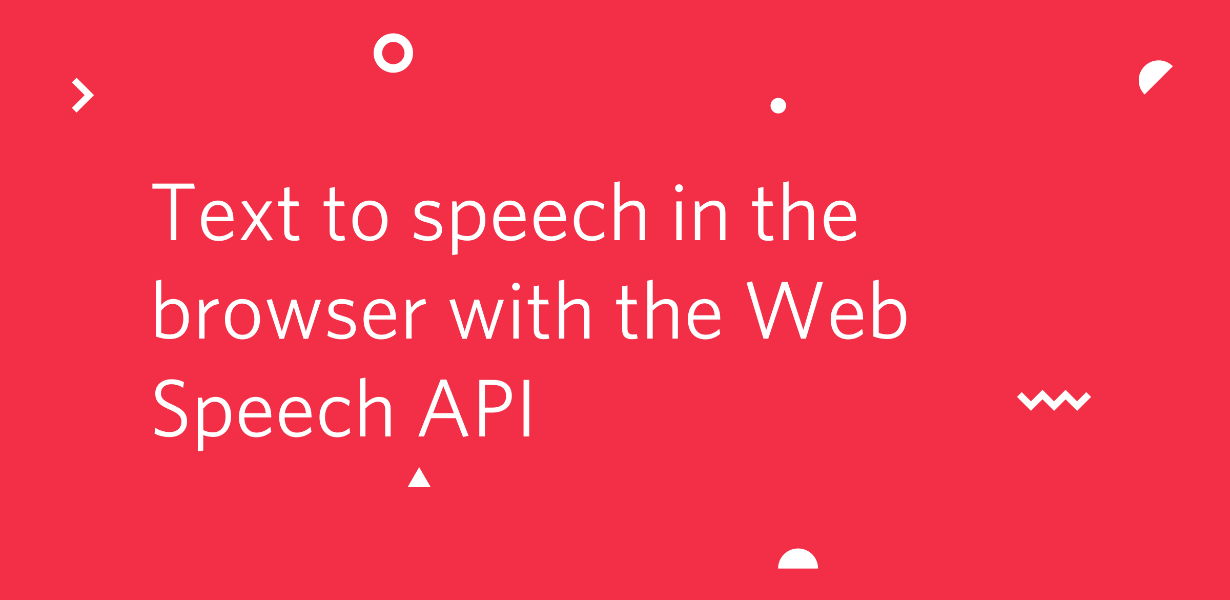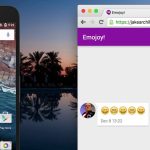
AI-Powered Transcription Services: Harnessing the Potential of the Web Speech API
- Post
- August 8, 2023
- Web APIs, Web Speech API, Web Technologies
- 0 Comments
In the realm of digital innovation, the convergence of artificial intelligence (AI) and speech recognition technologies has birthed transformative solutions. Enter the Web Speech API – an innovation that has redefined the way we interact with our devices and the web. This blog delves into the prowess of the Web Speech API, its applications, and how it’s altering the landscape of transcription services. From its inception to its practical applications, we unravel the potential of this technology and its profound impact on various industries.
In a world where speed and efficiency are paramount, the ability to convert spoken language into written text has become a vital asset. This is where the Web Speech API steps in as a game-changer. Developed by Google, this technology empowers developers to integrate speech recognition capabilities directly into web applications. The API provides a seamless bridge between the spoken word and its digital representation, opening doors to enhanced accessibility, real-time interaction, and productivity.
The Web Speech API: How It Works
At its core, the Web Speech API employs a two-fold approach: speech recognition and speech synthesis. Speech recognition involves translating spoken language into text, while speech synthesis does the reverse by converting text into natural-sounding speech. The API operates by capturing audio input through the user’s microphone, processing the audio data, and generating a textual output. This intricate process relies on machine learning algorithms and models trained on vast amounts of voice data.
Applications Across Industries
Education Sector: The education sector has witnessed the transformative potential of the Web Speech API. It enables students with disabilities to engage with online content effortlessly. Interactive language learning applications leverage the API to provide real-time pronunciation feedback, enhancing the learning experience.
Healthcare Domain: In the healthcare realm, the API has paved the way for accurate and efficient medical transcriptions. Doctors can now dictate patient notes directly, streamlining documentation and reducing administrative burdens.
Content Creation: Content creators are embracing the Web Speech API to expedite the content generation process. Writers can now speak their thoughts, which are then transcribed into text. This seamless transition from spoken word to written text accelerates the content creation cycle.
Revolutionizing Accessibility
One of the most profound impacts of the Web Speech API lies in its ability to enhance accessibility. Individuals with visual impairments can now navigate the web and interact with digital content effortlessly. Screen readers powered by the API convert on-screen text into spoken words, making the internet a more inclusive space.
The Web Speech API in Action: Demonstrations and Case Studies
Numerous demonstrations highlight the power of the Web Speech API. Google’s own “Web Speech API Demonstration” showcases its ability to transcribe spoken words into text in real-time. This interactive demonstration underscores the accuracy and speed of the technology, leaving users in awe of its capabilities.
The Future of Transcription Services
As AI continues to evolve, the future of transcription services appears promising. With ongoing advancements in machine learning and natural language processing, the accuracy and capabilities of the Web Speech API are poised to reach unprecedented heights. Transcription services will become not only more precise but also seamlessly integrated into our daily lives.
Commonly Asked Questions
Q1: How accurate is the Web Speech API in transcribing accents and dialects?
The Web Speech API’s accuracy in transcribing accents and dialects varies based on the diversity of training data it has received. While it excels in understanding common accents, accuracy might vary for less commonly encountered ones.
Q2: Can the API be customized for industry-specific terminologies?
Yes, developers can fine-tune the API to recognize industry-specific terminologies by training it on relevant data. This customization enhances accuracy when dealing with specialized vocabularies.
Q3: Is the Web Speech API limited to English, or does it support other languages?
Although English is well-supported, the API also covers an array of languages, allowing developers to create multilingual applications with ease.
Q4: What security measures are in place to protect user data during transcription?
Developers must ensure that user data, including audio recordings, is treated with the utmost security. Encryption and secure data handling protocols are essential components of API integration.
Q5: Can the Web Speech API be used offline?
The API primarily relies on cloud-based processing for accurate transcriptions. However, some browsers may offer limited offline capabilities for basic speech recognition tasks.
Final Words
The Web Speech API has emerged as a beacon of innovation, bridging the gap between spoken language and digital text. Its far-reaching implications span across education, healthcare, content creation, and accessibility. As we stand on the threshold of an AI-powered future, the API’s role in revolutionizing transcription services and enriching our digital experiences is undeniable. Embrace the power of the spoken word, transformed into words on the screen, and witness the evolution of communication in real-time.



